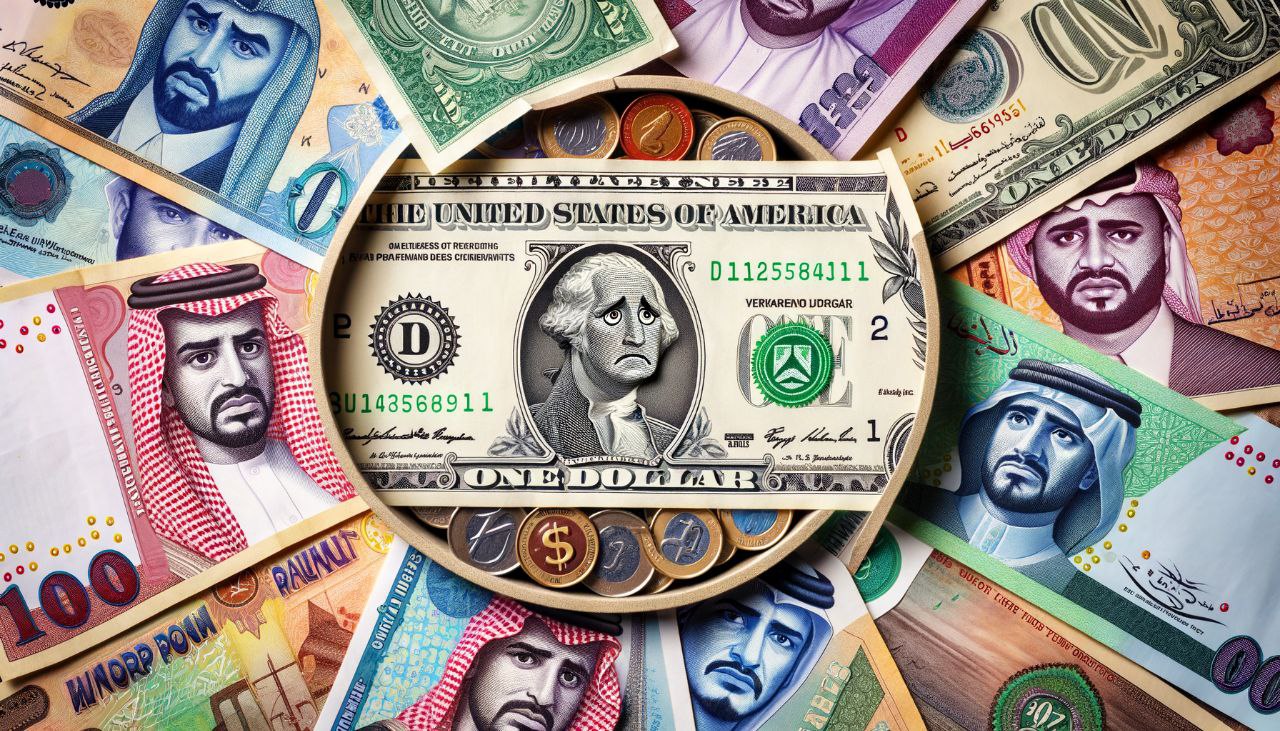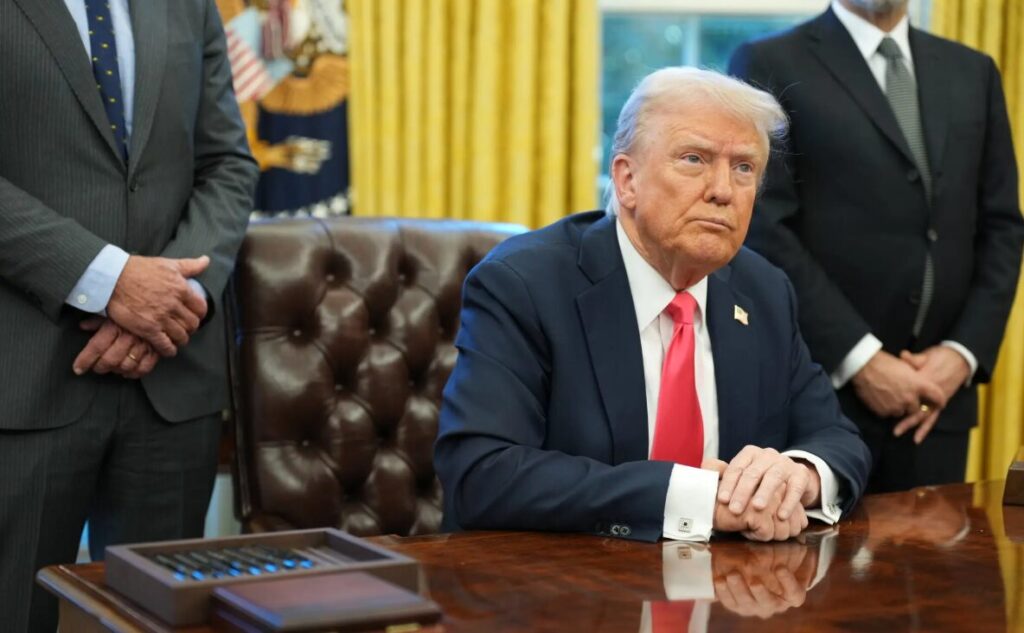BRICS: US Dollar Keeps Falling as Trade War Fears Grow

Share:
The growing geopolitical tensions have only intensified in recent weeks amid the United States’ new Liberation Day tariff plan. Although it has been scaled back in a myriad of ways, the nation’s currency appears to be paying the price. In an interesting turn for the BRICS bloc, the US dollar has fallen again as trade fears grow.
Interestingly, US President Donald Trump had previously threatened the alliance with 150% tariffs due to their de-dollarization endeavors. The warning never actualized, but his stance on their policies was clear. Now, his efforts to balance trade for the nation have effectively done similar to the global reserve asset.

Also Read: BRICS Launches Initiative for International Payments System
US Dollar Struggles as Trade Fears Look to Benefit BRICS Bloc
It has been a rather concerning month for the global economy. US President Trump has ushered in a strong America-first policy in the form of his new tariff plan. Subsequently, it has seen continued concern over the potential for increased geopolitical tensions.
As the United States and BRICS have continued their faceoff, the US dollar has continued to fall amid trade war concerns. Although it edged a bit higher on Monday, it approached the mid-way point of April, reaching a three-year low against the euro and Japanese yen. It approached oversold territory in its metrics and therefore, jumped slightly. Yet, it is still in a concerning position.

Also Read: What Are the Advantages of a BRICS Currency?
Investors have shown they are wary of the greenback with tariff turmoil still abounding. This is increasingly interesting when it comes to the BRICS bloc, as they have been the face of increased de-dollarization and gold buying. Subsequently, the latter has reached record highs above $3,200 this year.
“The uncertainty is now at an intolerable level for most businesses in international trade.” Adam Button of ForexLive told Reuters. “Right now, the market is taking a dim view of future US growth, and that has come through most clearly in the currency market.” Where this goes will be interesting, considering how important the dollar’s status was to President Trump when he was first elected in late 2024.
BRICS: US Dollar Keeps Falling as Trade War Fears Grow

Share:
The growing geopolitical tensions have only intensified in recent weeks amid the United States’ new Liberation Day tariff plan. Although it has been scaled back in a myriad of ways, the nation’s currency appears to be paying the price. In an interesting turn for the BRICS bloc, the US dollar has fallen again as trade fears grow.
Interestingly, US President Donald Trump had previously threatened the alliance with 150% tariffs due to their de-dollarization endeavors. The warning never actualized, but his stance on their policies was clear. Now, his efforts to balance trade for the nation have effectively done similar to the global reserve asset.

Also Read: BRICS Launches Initiative for International Payments System
US Dollar Struggles as Trade Fears Look to Benefit BRICS Bloc
It has been a rather concerning month for the global economy. US President Trump has ushered in a strong America-first policy in the form of his new tariff plan. Subsequently, it has seen continued concern over the potential for increased geopolitical tensions.
As the United States and BRICS have continued their faceoff, the US dollar has continued to fall amid trade war concerns. Although it edged a bit higher on Monday, it approached the mid-way point of April, reaching a three-year low against the euro and Japanese yen. It approached oversold territory in its metrics and therefore, jumped slightly. Yet, it is still in a concerning position.

Also Read: What Are the Advantages of a BRICS Currency?
Investors have shown they are wary of the greenback with tariff turmoil still abounding. This is increasingly interesting when it comes to the BRICS bloc, as they have been the face of increased de-dollarization and gold buying. Subsequently, the latter has reached record highs above $3,200 this year.
“The uncertainty is now at an intolerable level for most businesses in international trade.” Adam Button of ForexLive told Reuters. “Right now, the market is taking a dim view of future US growth, and that has come through most clearly in the currency market.” Where this goes will be interesting, considering how important the dollar’s status was to President Trump when he was first elected in late 2024.








